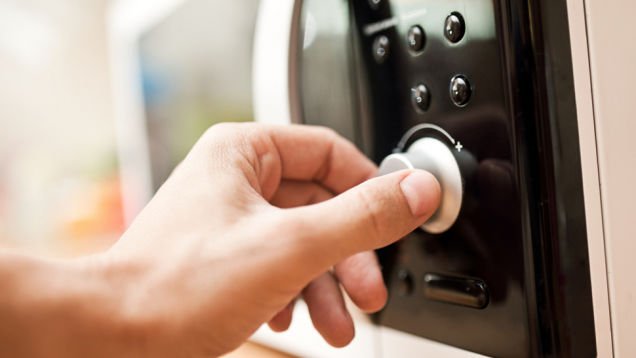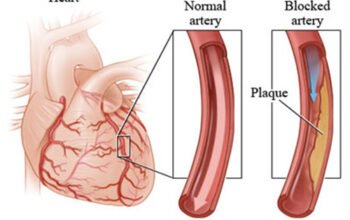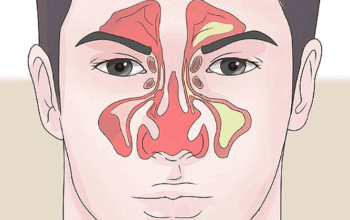Microwave ovens have become an essential kitchen appliance in modern homes, offering convenience and quick meal preparation. However, many people are unaware of the potential dangers lurking within this seemingly harmless appliance. Understanding what should never be placed in a microwave is crucial for maintaining kitchen safety and protecting your health.
The Hidden Risks of Microwave Misuse
While microwaves are incredibly useful, certain items can cause serious safety hazards when heated. Let’s explore five things you should absolutely avoid putting in your microwave:
1. Metal Utensils and Containers
Perhaps the most well-known microwave taboo, metal objects are extremely dangerous when microwaved. When metal is exposed to microwave radiation, it can create a phenomenon called arcing – dramatic electrical sparks that can potentially start a fire. Even seemingly innocent items like aluminum foil, metal-trimmed dishes, or utensils with metallic paint can cause significant risks.
- Metal can create electrical sparks
- Risk of fire is extremely high
- Even small metal details can be dangerous
2. Plastic Containers and Water Bottles
Not all plastics are microwave-safe. Many plastic containers can leach harmful chemicals like BPA into your food when heated, especially at high temperatures. Studies have shown that these chemicals can potentially disrupt hormone systems and increase health risks.
To stay safe, always check for microwave-safe labels on containers and avoid using old or damaged plastic items. Opt for glass or ceramic containers when reheating food.
3. Whole Eggs in Their Shells
Microwaving whole eggs is a recipe for disaster – quite literally. The rapid heating causes steam to build up inside the egg, creating immense pressure. This can result in a sudden and potentially dangerous explosion, sending hot egg fragments flying.
If you want to prepare eggs in the microwave, always pierce the yolk and use a microwave-safe container with proper ventilation.
4. Grapes and Small Fruits
Surprisingly, grapes can create a remarkable and dangerous reaction when microwaved. Due to their unique structure, grapes can superheat and potentially create plasma – a state of matter that can cause small explosions or fires. This phenomenon has fascinated scientists but poses significant safety risks in your kitchen.
5. Breast Milk and Baby Formula
Parents should never microwave breast milk or baby formula. The uneven heating can create dangerous hot spots that can burn an infant’s mouth. Moreover, microwaving can destroy crucial nutrients and protective antibodies in breast milk.
Understanding Microwave Safety
Microwaves work by using electromagnetic radiation to heat food. While this sounds intimidating, when used correctly, they are safe and efficient. The key is understanding how to use them properly:
- Always use microwave-safe containers
- Stir food midway through heating to ensure even temperature
- Allow standing time after heating to distribute heat evenly
- Regularly inspect your microwave for damage
Health Considerations
Beyond immediate safety concerns, microwaving can impact food quality and nutrition. Some studies suggest that microwaving can cause slight nutrient loss, though this is true of most cooking methods. The key is to use appropriate containers and cooking times.
Final Thoughts
Microwave safety isn’t about fear, but about informed use. By understanding potential risks and following simple guidelines, you can continue to enjoy the convenience of your microwave while protecting yourself and your family.
Remember, when in doubt, consult your microwave’s manual or err on the side of caution. A moment of prevention can save you from potential accidents or health risks.






